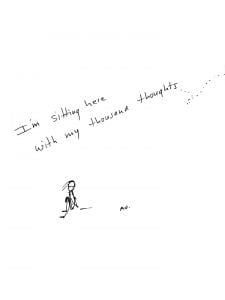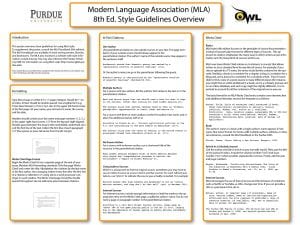We talked, today, about purposeful skimming and scanning when conducting research, Essentially, we want to be looking for the “gems” in the articles we’re searching for to support the answering of our complex inquiry questions.
The evidence we find to support the “answering” of our question can be found in all sorts of places. Often, through the search, we have to sift through information.
Today we looked at an article called “Henry Ford’s FEAR OF CHANGE“. While we listened to the article being read aloud, we looked for things that where interesting or surprising (marking them with a !); things that we wondered about or wanted to know more (marking them with a ?); and things that we agreed with or liked (marking them with a check mark).
Next, we searched for THREE pieces of information that would help to answer our inquiry questions about fear. We had to sift through the clutter (Ford’s opinions of the idle upper classes) to locate the information relevant to fear. We worked together as a class to narrow down our key finds.
It’s important that, when we read, we do not abandon articles before giving them a fair chance in providing us insight into our inquiry. Skimming and scanning help, and reading for “gems” is key.
Happy researching!

